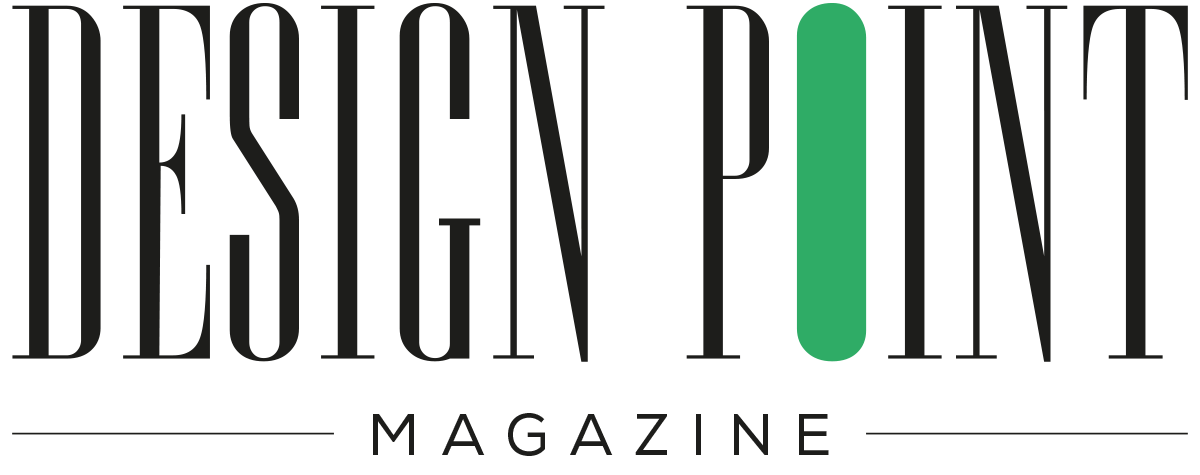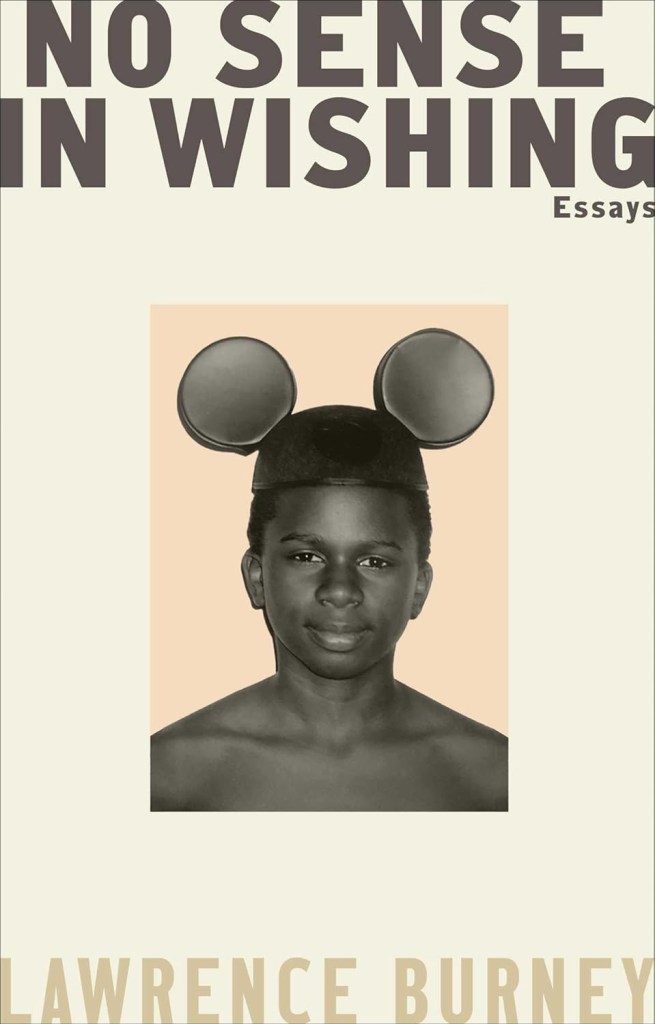When it comes to book covers and visual culture beyond, the cold doldrums following all those retrospective “best of the year” lists are where so much design can get lost in the cultural snowdrift. But it’s actually an energizing time because, in publishing, it’s a collective tipping of the hand at where cover design is heading in the next 12 months. And as this kaleidoscopic roundup of covers revealed or released in February shows, there’s a lot of brilliance coming to bookshelves—beginning with Janay Nachel’s iconic, disarming and charming cover for No Sense in Wishing, which she discusses below.
Publisher’s description:
There are moments throughout our lives when we discover an artist, an album, a film or a cultural artifact that leaves a lasting impression, helping inform how we understand the world, and ourselves, moving forward. In No Sense in Wishing, Lawrence Burney explores these profound interactions with incisive and energizing prose, offering us a personal and critical perspective on the people, places, music and art that transformed him.
In a time when music is spearheading Black Americans’ connection with Africans on the continent, Burney takes trips to cover the bubbling creative scenes in Lagos and Johannesburg that inspire teary-eyed reflections of self and belonging. Seeing his mother perform as the opening act at a Gil Scott-Heron show as a child inspires an essay about parent-child relationships and how personal taste is often inherited. And a Maryland crab feast with family facilitates an assessment of how the Black people in his home state have historically improvised paths for their liberation.
Taking us on a journey from the streets of Baltimore to the concert halls of Lagos, No Sense in Wishing is a kaleidoscopic exploration of Burney’s search for self. With its gutsy and uncompromising criticism alongside intimate personal storytelling, it’s like an album that hits all the right notes, from a promising writer on the rise.
What was the cover brief for this book?
The cover brief called for a design that embodies the essence of underground art—intriguing, provocative and stylized—while reflecting Baltimore (Lawrence Burney’s hometown), incorporating bold typography, and featuring a nostalgic photo of Burney as a child in Mickey Mouse ears, taken by his uncle, visual artist Derrick Adams. With additional comps exploring alternatives to the childhood photo.
Tell us more about that photo.
I didn’t know too much about the photo when it was shared with me, so I’m sharing some words posted by the author about it: “This photo was taken by my uncle @derrickadamsny when I was 11 for a series of works he was putting together at the time. I’d never seen it before, he showed me about five years ago and it quickly became my favorite image of myself. From then, I knew if I ever did something special I had to use it. Over 20 years after it was taken, I get to pump some new life into it. Feels very Illmatic. Very Carter III.”
… It’s a beautiful, personal image that feels almost like a jumping-off point for the transformative experiences that shaped Lawrence and are shared in this work of essays.
Tell us about your approach to the type and its alignment, as well as the bleed.
One of the requests for the comps was to have an option where the photo extends and bleeds off the cover, but that approach didn’t work so well. Instead, I decided to have the type bleed, which was a bold choice and a bit risky for printing. However, it was something I’d always wanted to try, and it worked really well in relationship with the centered image, helping to frame the composition.
The overall palette is so good. Tell us what you were going for with it.
The final color palette was landed after receiving feedback from the AD on the project to try more muted tones. The previous comps were bold and vibrant, and they wanted a different direction. While still providing a muted tone, I wanted to get a bit of an orange tone to celebrate Baltimore in there, which is reflected in the color block behind the photo.
How early in the process did you explore this direction?
It’s funny—this direction was one the publisher seemed to try their hardest to move away from, so I didn’t get the image and direction until the second round of comps. In the end, it turned out to be one of those cases where keeping it simple and staying true to the author’s vision worked best, making it a clear winner.
Can you share other directions you explored?
In some of the other cover design directions, I explored a tactile style. Given that Lawrence is a writer who has collaborated with many publications, I wanted to incorporate printed matter throughout the cover.
In one comp, I found, cut, and scanned images that represented Baltimore—a crab, row houses, a park bench, the Bay Bridge, a gardenia symbolizing Billie Holiday, and more—and collaged them into a cut-out silhouette of Lawrence. In another, I cut out a full-body image of Lawrence from paper and used the type to frame the composition.
I also created illustrated comps featuring elements like a row house, a sewer grate, and sneakers hanging from a phone line, all done in a cut-and-paste style to evoke a tactile, printed feel.
I really enjoyed creating these additional comps—the tactile approach was something I’d been wanting to try on a cover for a while. While this direction wasn’t the final cover, it pushed me as a designer and gave me the opportunity to explore beyond my usual approach.
The post 25 of the Best Book Covers of February 2025 appeared first on PRINT Magazine.

